The Real Deal on Layered Hair: A Stylist’s Unfiltered Guide
I’ve been behind the chair for a long, long time, and I’ve seen a whole universe of hair trends sparkle and fade. But you know the one that never, ever goes out of style? A perfectly executed layered cut on medium-length hair. It’s more than a haircut; it’s basically architecture for your head.
In this article
- First Things First: Let’s Talk About Your Actual Hair
- The Tools of the Trade (And Why They Matter)
- The Consultation: The Most Important 15 Minutes
- Speaking the Language: How to Actually Ask for What You Want
- Okay, But How Do I Style This at Home?
- The Nitty-Gritty: Cost, Upkeep, and Common Mistakes
- Galerie d’inspiration
I’ll never forget this one client who came in ages ago. Her hair was all one length, just kind of hanging there, heavy and lifeless. She felt like it was dragging her whole look down. We talked for a while, and then, after about an hour of careful, strategic snipping, we revealed these soft, gorgeous layers that just brought her hair to life. But it wasn’t just her hair that changed. Her entire posture seemed to straighten up. That’s the magic of a great layered cut. It’s not about hacking off length; it’s about building shape, creating movement, and boosting confidence from the outside in.
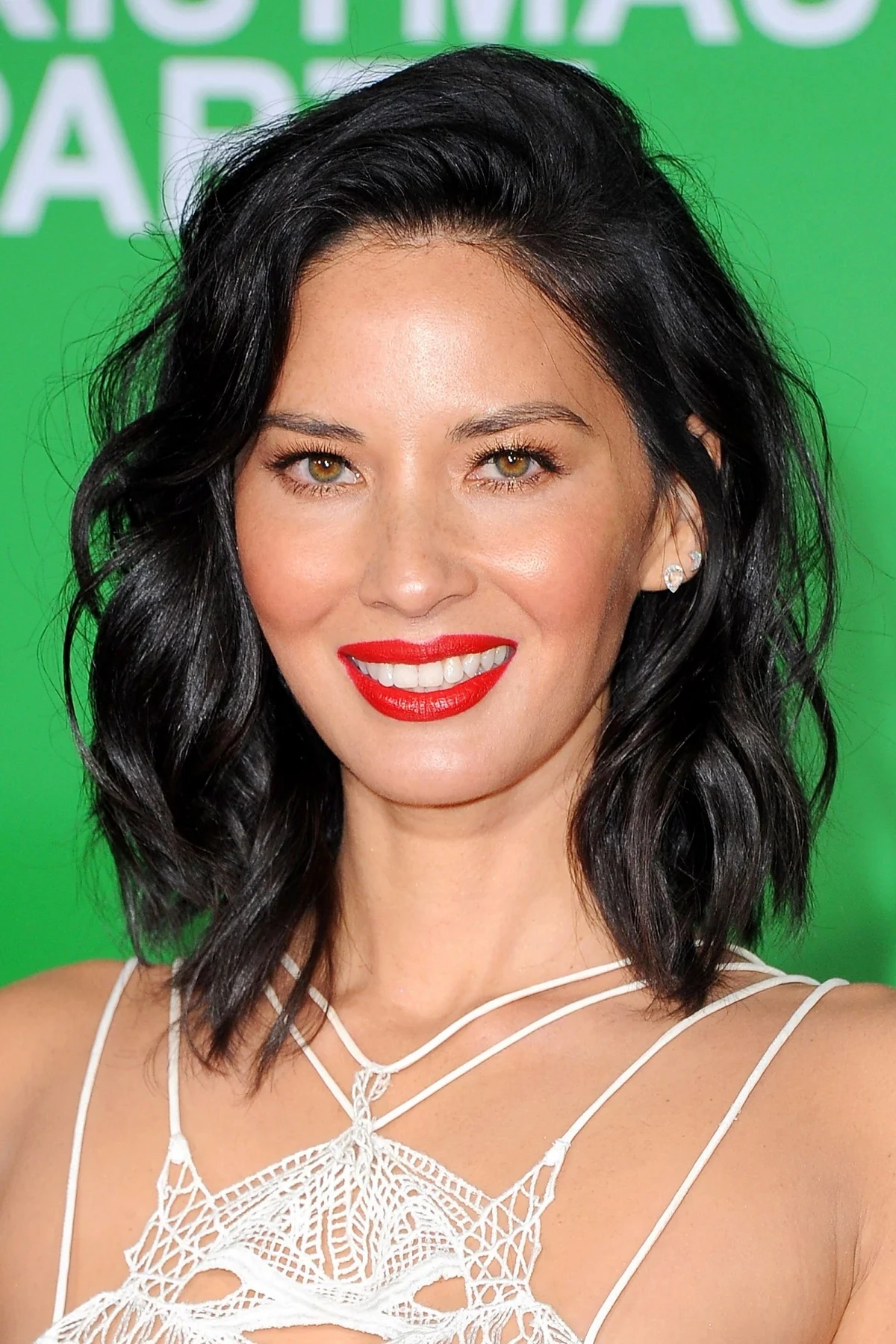
But let’s be real—it’s not always a simple wash-and-go situation. Getting it right means understanding your own hair, finding a pro who knows their stuff, and committing to a little bit of upkeep. When it all clicks, though? Totally worth it. I want to spill all the secrets I’ve picked up over thousands of haircuts, so we can go beyond the pretty inspiration photos and get into the real craft.
First Things First: Let’s Talk About Your Actual Hair
Before any good stylist even thinks about picking up their scissors, they’re analyzing your hair’s core properties. Honestly, knowing this stuff yourself helps you communicate what you want and understand why some celebrity cut might not work for you. It’s the secret sauce.
Hair Texture vs. Hair Density
Okay, people mix these two up constantly, but they are totally different things. Getting this straight is step one.
- Texture is all about how thick one single strand of your hair is. We usually say it’s fine, medium, or coarse. You can test this yourself: roll one strand between your fingertips. If you can barely feel it, it’s fine. If it feels like a piece of thread, it’s likely coarse.
- Density is about how many of those strands are packed onto your head. You can have fine hair (texture) but a ton of it (high density), or coarse hair (texture) but not a lot of it (low density).
So, why does this matter? If I go crazy with layers on fine, low-density hair, it’s going to look stringy and sad. The goal there is to use subtle, almost hidden internal layers to fake some volume. On the flip side, with coarse, high-density hair, I’m trying to remove a ton of weight and bulk without making it look like a staircase. That requires a completely different game plan with deeper, more disconnected layers.

Quick tip: To get a feel for your own density, part your hair and take a look at your scalp in the mirror. If you see a lot of scalp easily, you probably have lower density. If it’s hard to see your scalp through the forest of hair, you’ve got high density.
The Tools of the Trade (And Why They Matter)
Imagine each hair strand is covered in tiny, overlapping scales called cuticles. When they lie flat, your hair looks smooth and shiny. The tool your stylist uses directly impacts these little guys.
- Blunt Cutting: This is your classic scissor cut. A pair of sharp shears creates a clean, solid line, which is great for building a strong shape and keeping ends healthy. It’s the foundation.
- Point Cutting: After establishing the main shape, a stylist will often go back in and snip vertically into the ends. This softens the lines and helps the layers blend seamlessly, so you don’t get that chunky, blocky look.
- Slide Cutting: Now this is where the artistry comes in. Here, the stylist glides partially open shears down the hair shaft to remove bulk and create super soft, blended layers. It takes serious skill—done with dull scissors, it can shred your hair and cause major frizz. This is why pros invest in high-quality shears, often costing upwards of $800-$1,200.
- Razor Cutting: A razor can create an amazing, wispy texture that’s perfect for shags and edgy styles. But—and this is a big but—it can be a nightmare for very fine or curly hair, as it can rough up the cuticle and lead to frizz and split ends. A good stylist will always talk to you before whipping out a razor.

The Consultation: The Most Important 15 Minutes
A bad haircut usually starts with a bad conversation. I always tell my apprentices that the first 15 minutes of an appointment are everything. This is where you and the stylist get on the same page.
How to Spot a Good Consultation
It should feel like a real dialogue. A good stylist won’t just nod at your photo; they’ll ask you questions like:
- What have you loved (and hated) about your hair in the past?
- What’s your morning routine? Are you an air-dry-and-run person or do you love your blow dryer?
- What’s the goal? Are we trying to get more volume? Make it feel lighter? Make it easier to style?
They should also be touching your hair, checking its texture, and looking for tricky spots like cowlicks. And don’t be surprised if they ask you to stand up so they can see how your hair falls with your natural posture. That’s a pro move.

Finding a Pro Who Gets Layers
So, how do you find someone who can do all this? Stalk them online! Seriously. Look at a salon’s Instagram page. Don’t just look for pretty pictures; look for photos of hair that has a similar texture to yours. Read the reviews on Google or Yelp and search for keywords like “great consultation,” “listened to me,” or “customized the cut.” That’s the gold you’re looking for.
Speaking the Language: How to Actually Ask for What You Want
Bringing in photos is a great starting point, but remember, that photo is one perfect moment. You don’t know the model’s hair type or how much styling went into it. So, instead of saying “I want this exact hair,” try to explain what you like about it. This helps your stylist translate your vision into something that works for you.
Here’s a little cheat sheet to get you started:
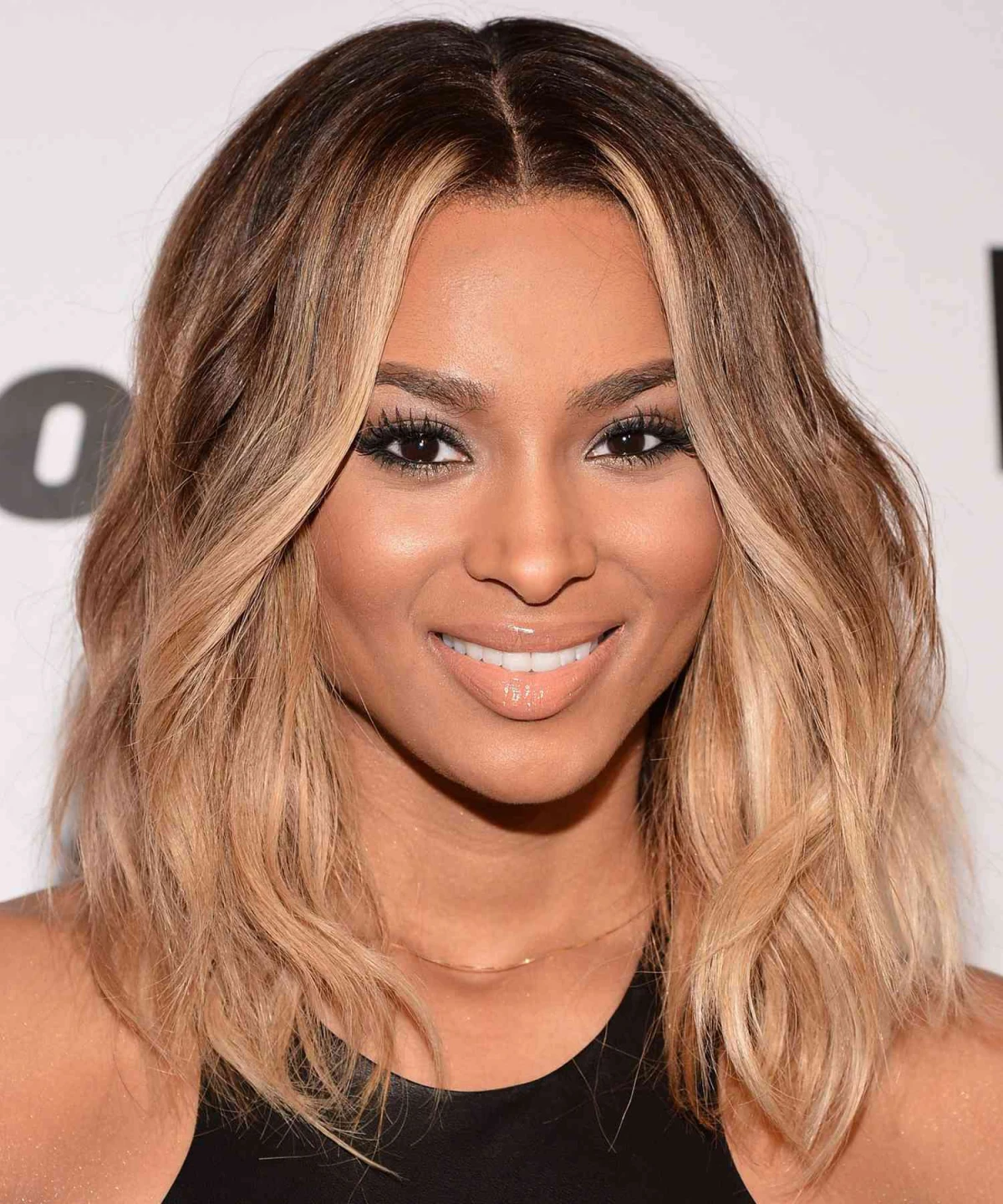
- For Soft Volume: If you want to create fullness without sacrificing a lot of length, ask for “long, internal layers.” This keeps the ends looking thick but removes weight from the inside, giving you a subtle lift.
- For Movement and Texture: If you want that piecey, lived-in look, tell your stylist you’re looking for “texture and movement,” and that you want layers you can see. This is where techniques like point cutting and slide cutting shine. Words like “choppy” or “shattered” work here, too.
- For a Face-Framing Effect: If your main goal is to soften your features, specifically ask for “face-framing layers” or “a soft shape around the face.” Be ready to discuss where you want them to start—at the cheekbone, jawline, or collarbone.
Okay, But How Do I Style This at Home?
The best cut in the world can fall flat if you don’t know how to handle it the next day. Here’s the crash course.
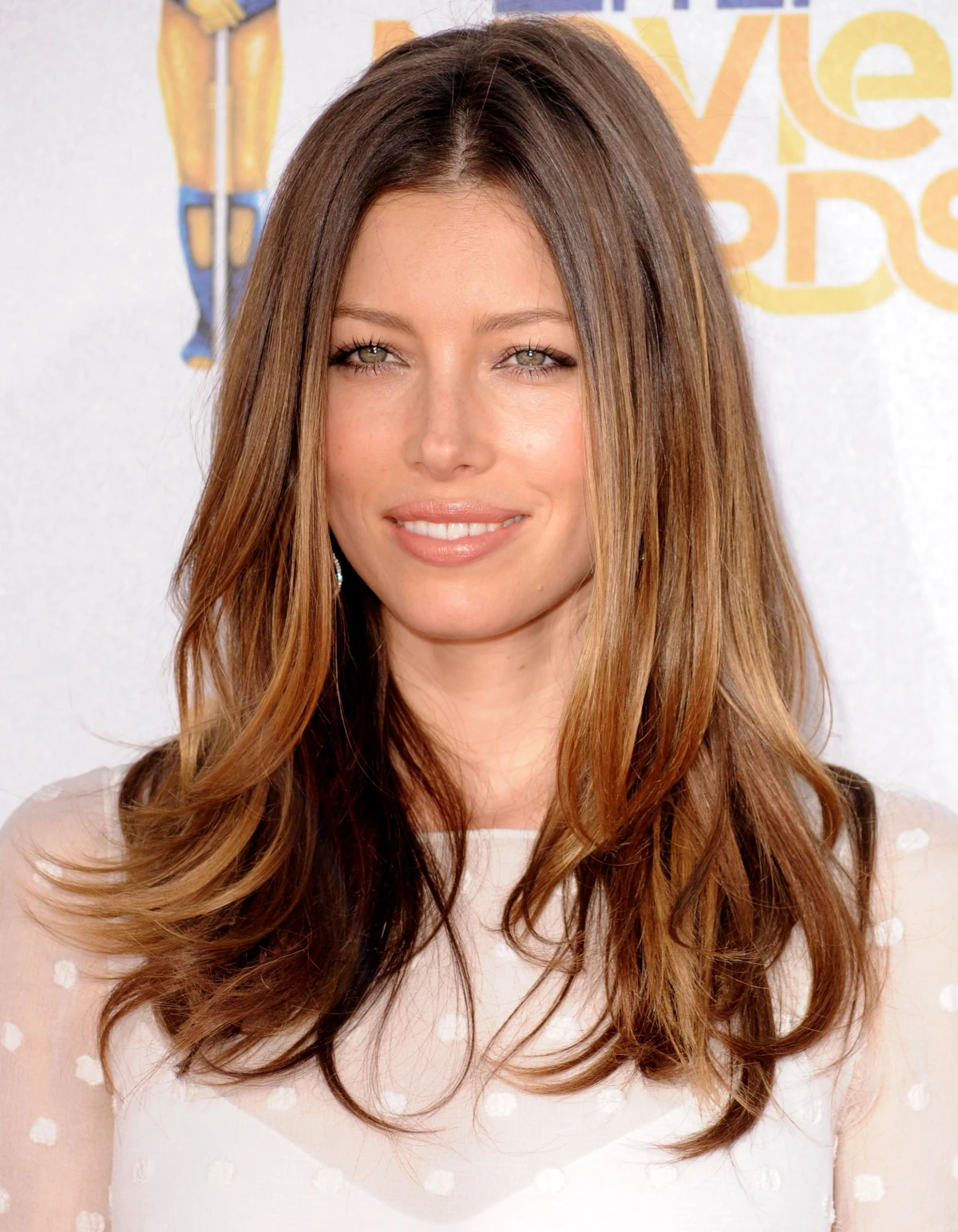
For a sleek, polished look, you’ll want to use a round brush and a blow dryer. The trick is to lift the hair at the root as you dry it, and slightly curl the brush inward at the ends to show off the layers. It takes practice, but it’s worth it.
If you’re more of an air-dry person (I get it!), your new best friend is product. Work a little sea salt spray (around $10-$30) or a lightweight texturizing cream through your damp hair, scrunch it a bit, and then—this is key—don’t touch it again until it’s dry! Messing with it while it dries is a one-way ticket to Frizzville.
To show off those layers, a texturizing paste or wax is magic. You only need a pea-sized amount. Rub it between your palms to warm it up, then rake it through the mid-lengths and ends of your dry hair to define the pieces. You can find great options from drugstore brands for under $10, or splurge on a salon-quality one for around $25-$40.
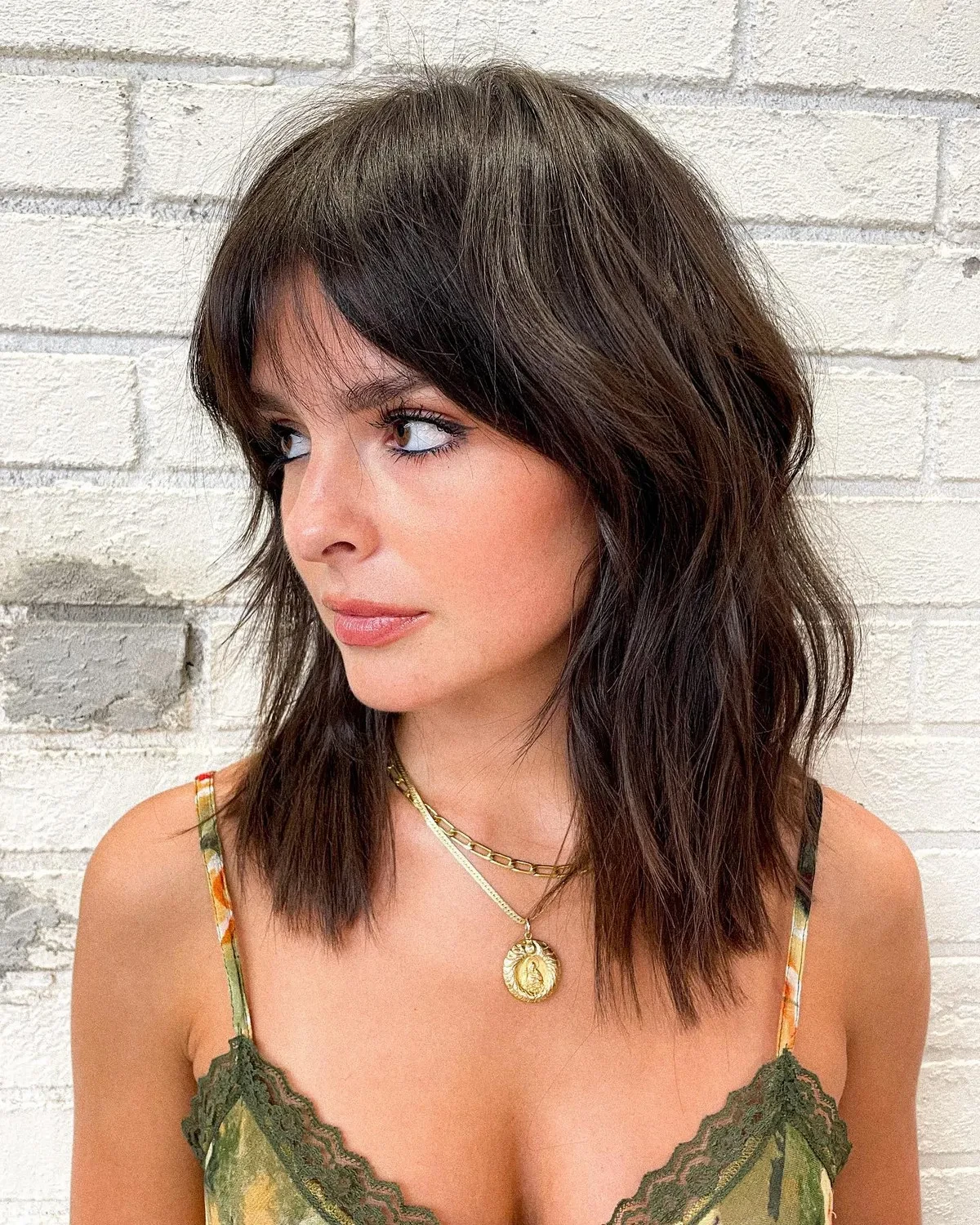
My favorite quick win: No time to style? Flip your head upside down and blast your roots with a blow dryer for 30 seconds. Flip back up, and you’ll have instant volume and movement. It’s the oldest trick in the book for a reason!
The Nitty-Gritty: Cost, Upkeep, and Common Mistakes
Let’s talk money and time. A specialized layered cut from an experienced stylist is an investment. While a basic trim at a chain salon might run you $40-$60, you should expect to pay anywhere from $75 to $150+ for a detailed, customized cut. You’re paying for their expertise and that all-important consultation.
To keep those layers looking sharp, you’ll need to plan for a trim every 8 to 12 weeks. Waiting too long can cause the shape to get lost and the ends to look unhealthy.
Finally, a few common mistakes to avoid:
- Ignoring Your Hair Type: Don’t fall in love with a photo of a super-layered shag if you have very fine, thin hair. It just won’t look the same. Be realistic and work with your hair, not against it.
- Underestimating Your Lifestyle: Be brutally honest about how much time you’re willing to spend on your hair each morning. A high-maintenance cut is only fun if you actually have the time to maintain it.
- Being Afraid to Speak Up: It’s your hair! If a stylist picks up a tool you’re nervous about (like a razor) or suggests something you’re not sure about, ask questions. A good pro will be happy to explain their process and make you feel comfortable.
At the end of the day, getting layers is about creating a style that makes you feel like the best version of yourself. And with a little knowledge, you can walk into any salon with confidence and walk out with hair you truly love—and know how to manage.
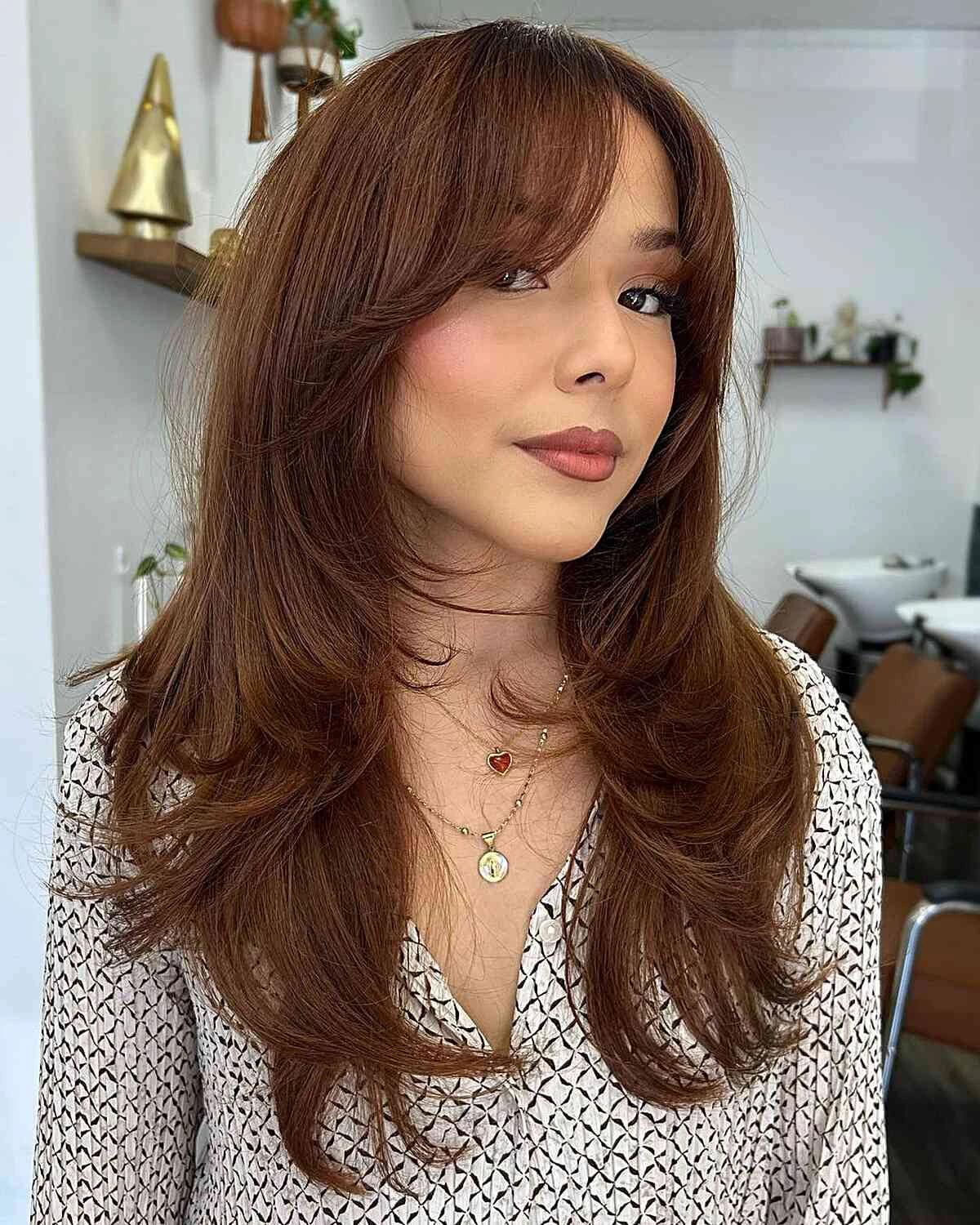
Galerie d’inspiration

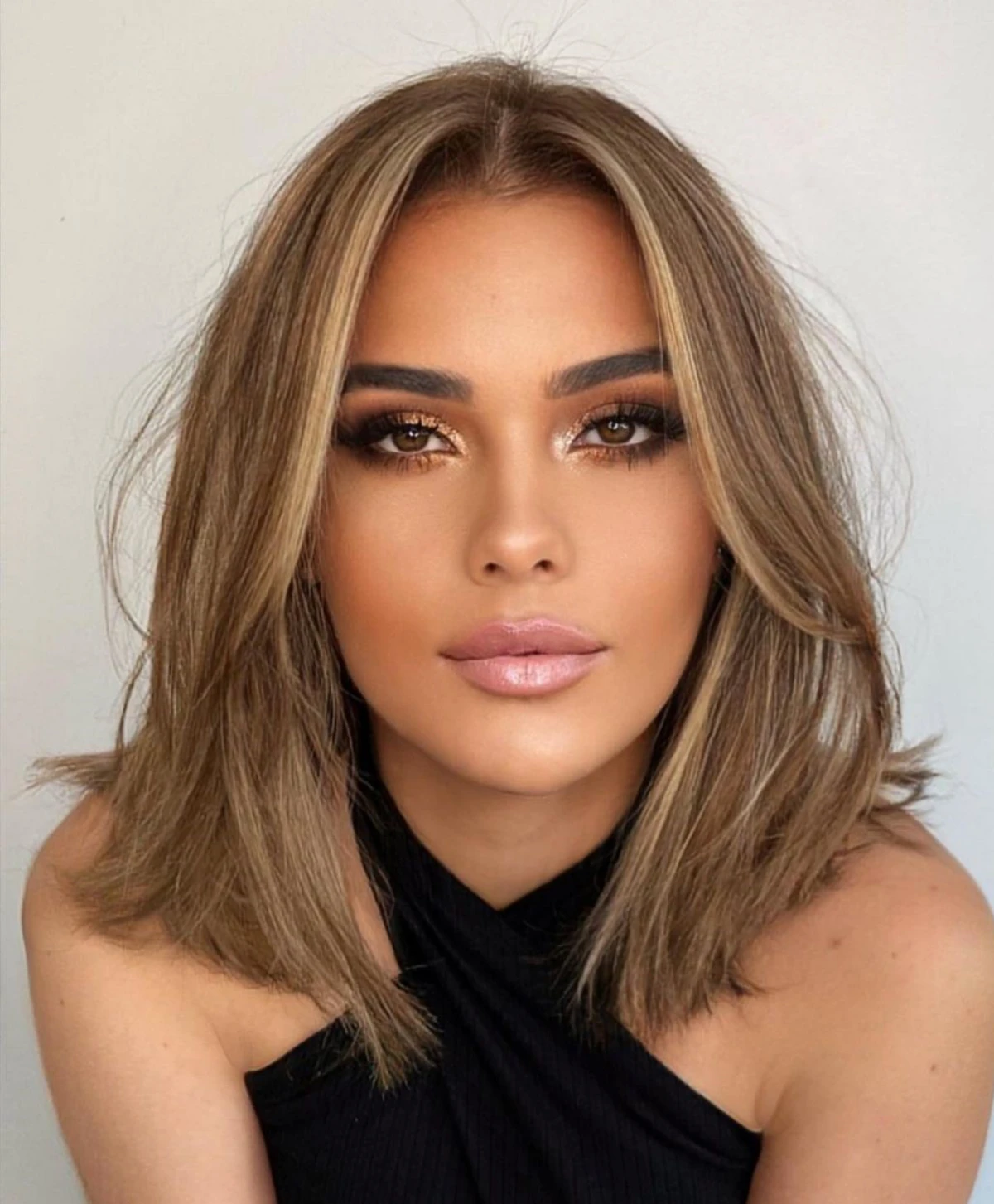
The eternal question: how do I get those effortlessly cool, “bendy” waves that showcase layers without looking overly curled?
Forget the curling wand for a moment and grab your flat iron. The secret is to work in sections, clamping the iron on your hair’s mid-lengths. Instead of pulling straight down, gently turn your wrist back and forth to create a soft ‘S’ shape as you glide toward the ends. The key is to leave the last inch or so of your hair straight. This creates that modern, lived-in texture that makes face-framing layers and internal volume truly stand out, rather than tight, uniform ringlets.
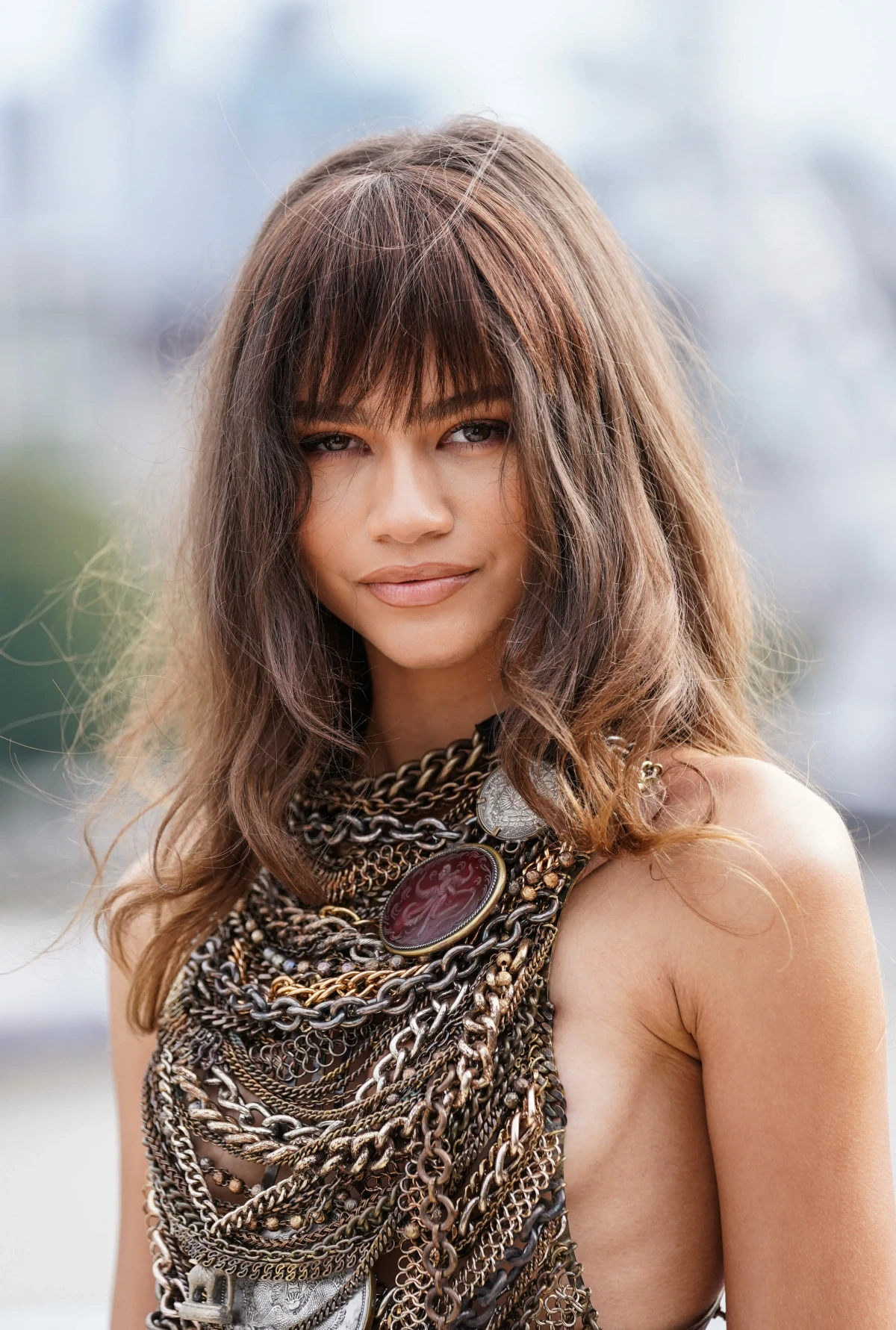
The 8-Week Rule: While it might seem like a way to get you back in the salon chair, trimming your layers every 6 to 8 weeks is non-negotiable for maintaining the cut’s shape. After two months, the shorter, internal layers start to grow out, causing the style to lose its lift and movement. It’s less about managing length and all about preserving the architecture your stylist carefully created.










